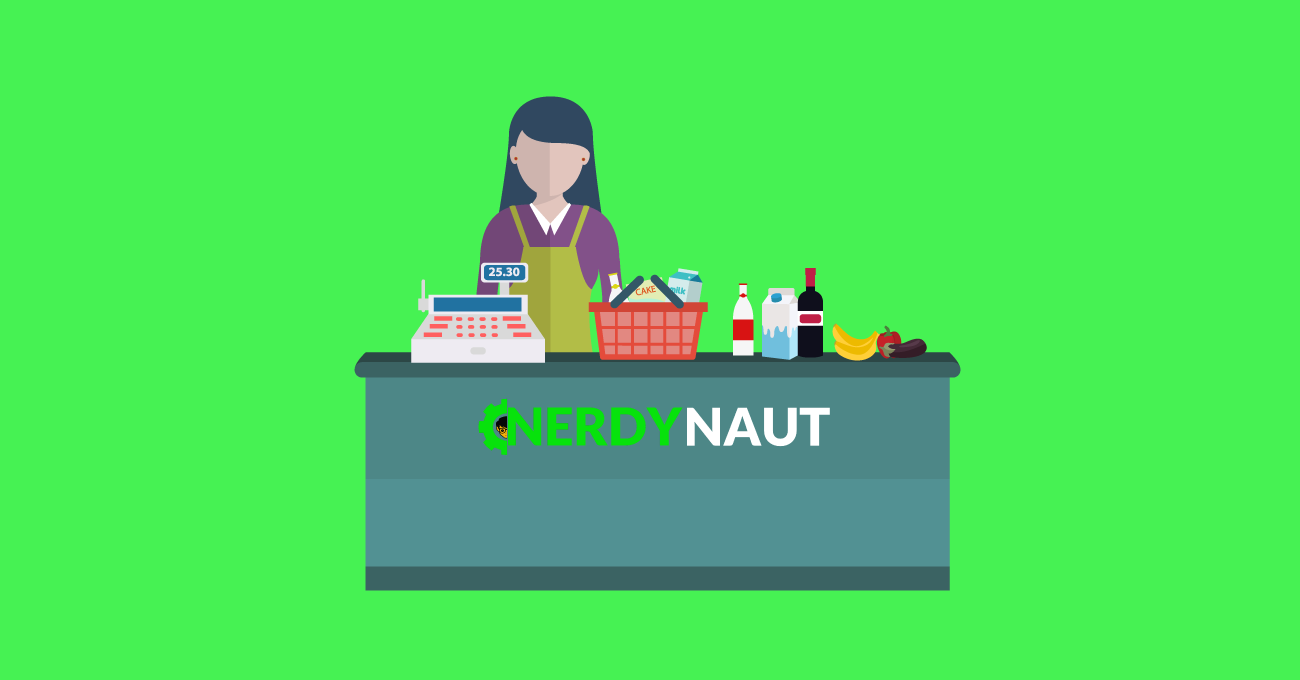
Evolution of point-of-sale systems has opened doors to customer interactions that were not capable in its inception. Cashiers in grocery stores can be traded for automated solutions via scanners and computers, one could order food from web-based POS, and even have items at retailers gathered and ready to check out before a customer steps in the building. The automation of this process, handing off directly to customers through advanced technology, takes shape in a variety of formats.
The new software is being implemented where ever merchants can reduce steps for themselves and potential customers. The onset of the tech, dating back to the late 70s, was used only in select enterprises: medical professions, food service, and exchange trading most of all. Strides in technology and customer experience over the past two decades have facilitated easier transactions for businesses, clients, and individual consumers alike. As a result, derivatives have moved to diversify commercial options, often specializing in particular markets.
Self-Checkout
Self-checkouts are an example of one such implementation of point-of-sale meeting currently existing technology. Today, you can go to a grocery store, retailer, or a variety of big box stores to find this system in practice.
These systems often include the following:
1. Barcode or SKU scanning apparatus
2. Conveyor belt for larger quantities
3. Card chip scanners for payment
4. Cash registers in the event of paper tender transactions
Removing the human element of passing off your items to a cashier can be an intended result of the process. Through these methods, personnel are able to attend to warehousing operations, customer experience, and other specific duties. However, point of sale software neither stops nor starts at self-checkout.
Less Missed Opportunities
A variety of commercial establishments link their POS systems to logistics scanning, package tracking, and store location databases. For instance, if a particular item is not available at one building of a retail chain, the POS system can relay information about on-hand inventory counts at another store. Through these recursive methods, people who utilize this software are able to avoid missed opportunities with sales and direct their customers towards products. Essentially, this lessens the chance that a customer will leave the store without what they were looking for.
Mobile POS Systems
As technology becomes more mobile, POS systems will interlink with centralized application-based payment methods. People using smartphones, tablets or other devices with certain software solutions will be able to enjoy the benefit of additional security to their transactions. Cutting edge, existing smart devices possess a technology called NFC – or near-field communication – to embed payment processing information within multiple layers of encryption to verify transactions. This provides peace of mind for consumers using POS software remotely with businesses to ensure that their financial information remains safe.
Simplifying customer experience is the endgame of modern point of sale solutions. In years previous, security breaches, limited functionality, and an incline to learning and utilizing these systems dampened the impact of early adoption. In spite of these former shortcomings, software and hardware have acclimated to the human approach. Technological solutions built to make transactions as easy as a push notification are ushering in new, exciting, and tech-savvy ways for people to do business.





